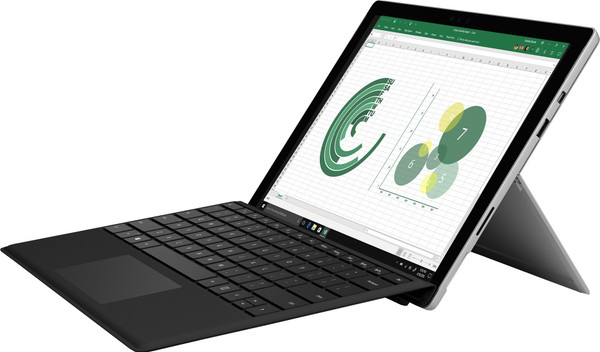


Windows 10 Enterprise E3 and Windows 10 Enterprise E5 debuted in 2016, when Microsoft began selling subscriptions to the operating system, specifically Windows 10 Enterprise, the operating system's top-tier version. Server-based desktops, for example, are only possible under Microsoft's per-user licensing, Miller pointed out. But he also said the changes, both in pricing and nomenclature, are further efforts by Microsoft to move customers to the licensing model where rights are tied to users, not to devices. "Part of this is about clarity," said Wes Miller, an analyst with Kirkland, Wash.-based Directions on Microsoft, talking about licensing. "For Windows, we're taking steps to recalibrate the price and rename the per device/per user offers, optimizing on our strategy of Microsoft 365," Microsoft wrote in an FAQ. Ĭhanges to Windows 10 Enterprise were spelled out in some detail, even though new pricing was not disclosed. Microsoft last week reshaped its portfolio of Windows 10 subscriptions for enterprises, but deferred discussing what, if any, price increases it will levy before October 1.Īlong with announcements that it will raise prices on perpetual licenses of Office 2019 and Windows Server 2019, and the associated CALs (client access licenses), Microsoft also revamped its Windows 10 Enterprise subscription offerings.


 0 kommentar(er)
0 kommentar(er)
